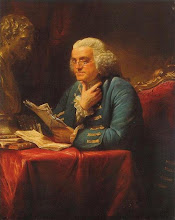Sometime in the early 90s I became aware of Dr. Robert Hyatt’s open source Crafty program. Not being a programmer, my ability to modify and manipulate the engine was limited. But I saw the potential of chess engines being separate from the graphical interface. They could be modified like internal combustion engines and then dropped into a GUI as if it were a racing chassis. This may have been common in computer programming at that time, I do not know, (compartmentalizing programs so as to be updateable) however the ability to drop an engine into the chess program was and still is a cool idea. Undoubtedly it has contributed to the development of the number crunching magic that goes on inside these invisible contraptions.
There were many good early engines that ran in the winboard GUI. (Delfi, Gromit, Little Goliath, Yace) to name but a few. Remember good is a vary relative term as I have used it here. Like Crafty they all had multiple configuration settings and could be tweaked nicely to the hardware that you were running them on. Opening books that could easily be modified came into being along with book learning and positional learning. Nalimov 3-4 man end game table bases where mated to many of these engines. Winboard protocols were superseded by UCI and we came into the modern era of computer chess.
By the end of the century the 32bit CPU had picked up speed and I will be darned if I could beat the things any longer. If the truth be known, no one could. We all had chess masters setting on our desks.
This may be an obscure reference but I believe to be an accurate analogy. In the movie Close Encounters of the Third Kind remember how after the mother ship had landed and the humans were beginning to communicate with it using musical notes and harmonics. At a given point the communication got to fast and complex for the human operators. A bank of computers could be seen in the background and a voice says “ok, we are taking over this conversation now” and the computers where turned on. The exchange continued faster and more complex than it had been. Strange yet somehow familiar as nonhuman intelligence spoke to us in a human way. This I think is what we are experiencing when we match one computer engine against a another. A strangely beautiful and somewhat disturbing display of nonhuman intelligent.
Saturday, January 19, 2008
Subscribe to:
Post Comments (Atom)




No comments:
Post a Comment